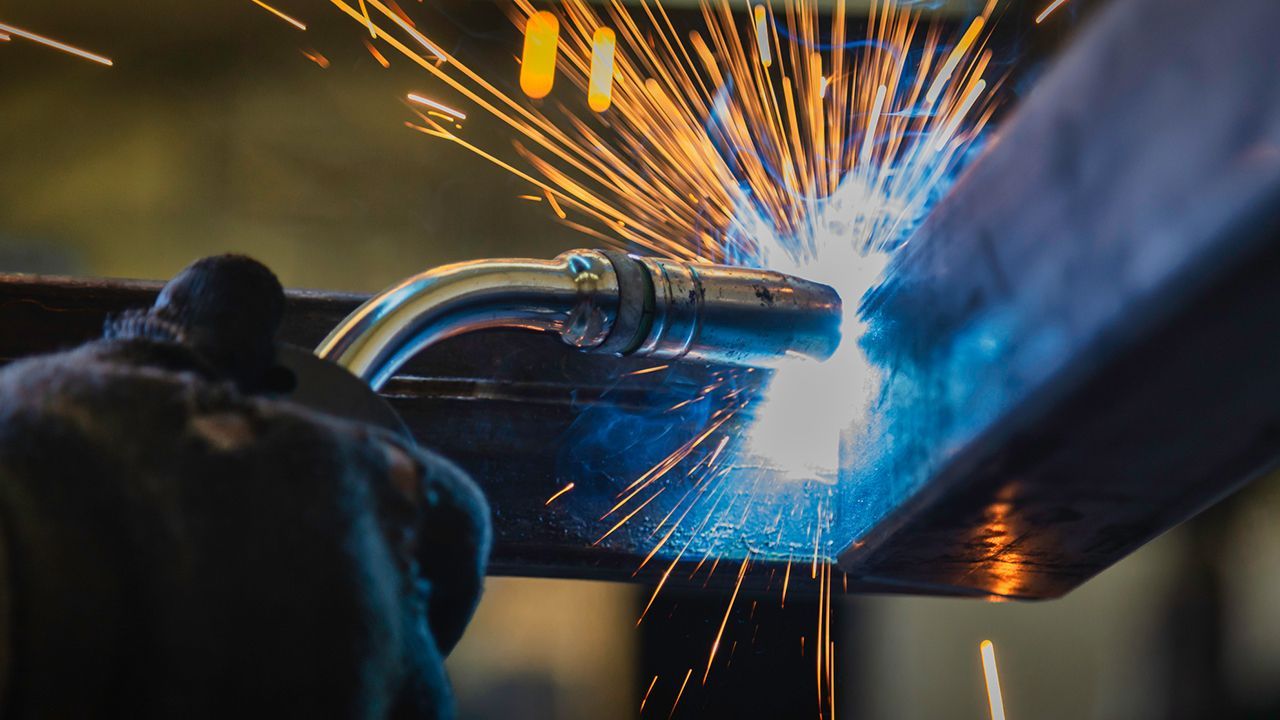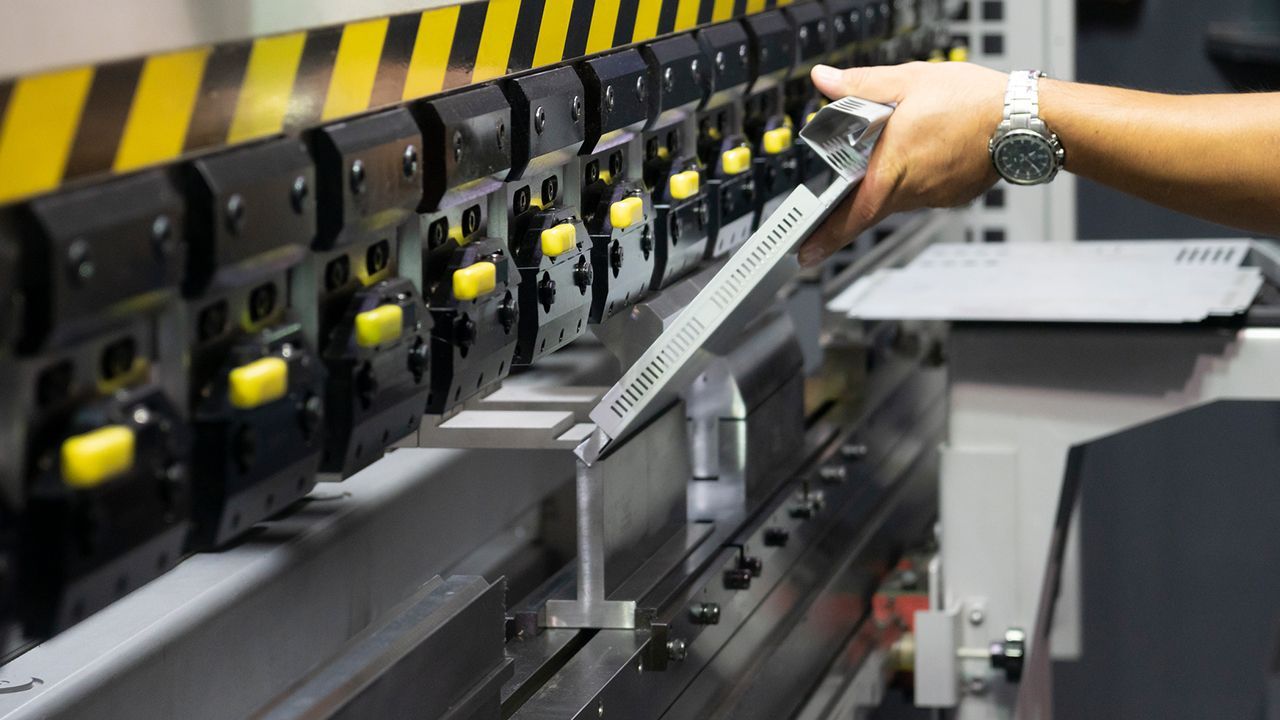Information Center
Information Center

Expert Notes

By rob
•
26 Feb, 2024
In the realm of construction and engineering, the choice between welded and bolted connections is a critical decision that can significantly impact the structural integrity, assembly process, maintenance requirements, and overall success of a project. Each method offers distinct advantages and considerations, making it essential for designers and engineers to carefully evaluate their options based on project-specific needs. Let's delve into the differences between welded and bolted connections to help you make an informed decision for your next project. Welded Connections: Strength and Durability Welding is a process that involves joining metal components by melting and fusing them together. Welded connections offer unparalleled strength and durability, making them ideal for applications where structural integrity is paramount. The fusion of materials creates a seamless and robust bond, capable of withstanding significant loads and stresses. One of the key advantages of welded connections is their ability to distribute stress evenly across the joint, resulting in a uniform and reliable connection. This feature makes welded connections particularly well-suited for load-bearing structures such as bridges, buildings, and industrial equipment. Additionally, welded connections are often preferred in environments with high levels of vibration or dynamic loads, as they are less prone to loosening or failure over time. Despite their strength and durability, welded connections may pose challenges in terms of assembly and maintenance. Welding requires specialized equipment and skilled labor, which can increase project costs and time constraints. Additionally, welded connections are permanent and difficult to modify or disassemble once they are in place, limiting flexibility for future modifications or repairs. Bolted Connections: Flexibility and Ease of Installation In contrast to welded connections, bolted connections involve fastening metal components together using bolts, nuts, and washers. Bolted connections offer greater flexibility and ease of installation, making them suitable for applications where adjustability, accessibility, or future modifications are anticipated. One of the primary advantages of bolted connections is their ability to be easily disassembled and reassembled, allowing for quick adjustments, repairs, or upgrades as needed. This feature makes bolted connections highly desirable in scenarios where frequent maintenance, reconfiguration, or expansion is expected, such as in modular construction or temporary structures. Additionally, bolted connections offer greater ease of inspection and quality control, as they allow for visual confirmation of proper installation and tightening. This facilitates efficient maintenance procedures and ensures the integrity of the connection over time. However, it's important to note that bolted connections may not offer the same level of strength and rigidity as welded connections, particularly in high-load or high-stress applications. Careful consideration must be given to factors such as bolt size, material grade, and tightening torque to ensure the integrity and stability of the connection. Choosing the Right Connection Method for Your Project When deciding between welded and bolted connections for your project, it's essential to carefully evaluate the specific requirements, constraints, and performance expectations. Consider factors such as: Structural requirements: What is the intended purpose of the connection, and what level of strength and stability is required? Installation and assembly constraints: Are there limitations or challenges related to access, space, or equipment availability? Maintenance and future modifications: Will the structure need to be modified, expanded, or repaired in the future, and how easily can this be accomplished? Budget and timeline: What are the cost and time implications associated with each connection method? By thoroughly assessing these factors and consulting with experienced engineers or fabricators, you can make an informed decision that aligns with your project goals and ensures the long-term success and reliability of your structure. Conclusion In the debate between welded and bolted connections, there is no one-size-fits-all solution. Both methods offer unique advantages and considerations, and the best choice ultimately depends on the specific requirements and constraints of your project. Whether you prioritize strength and durability or flexibility and ease of installation, understanding the differences between welded and bolted connections is essential for achieving optimal results in metal fabrication and construction. At JL Metals, we specialize in providing customized metal fabrication solutions tailored to your unique needs and specifications. Contact us today to learn more about how we can help you choose the right connection method for your next project and deliver superior results that exceed your expectations.

By rob
•
26 Feb, 2024
Steel, the cornerstone of modern construction and design, comes in various forms, each with its own unique characteristics and applications. Let’s unravel the technical disparities between structural and formed steel to gain a deeper understanding of their engineering prowess: Structural Steel: Engineered for Strength and Stability Structural steel stands tall as the backbone of our infrastructure, prized for its strength, durability, and load-bearing capabilities. Crafted from standardized shapes such as beams, channels, and angles, structural steel boasts impressive mechanical properties that make it the go-to-choice for building robust frameworks and supporting heavy loads. Its high tensile strength, exceptional ductility, and resistance to deformation ensure structural integrity even in the face of dynamic forces. Technical Features of Structural Steel: Standardized shapes: Beams, channels, angles, and hollow sections High tensile strength and ductility Excellent load-bearing capacity and stability Resistance to deformation and structural failure Formed Steel: Where Creativity Meets Precision Formed steel unlocks a realm of endless possibilities, where creativity and customization take center stage. Through processes like bending, rolling, stamping, and extrusion, formed steel can be shaped into intricate profiles, curves, and geometric forms, unleashing the imagination of architects and designers. Its malleability, flexibility, and versatility make it the material of choice for adding aesthetic flair and architectural elegance to projects. From sculptural facades to bespoke fittings, formed steel brings visions to life with precision. Innovations in steelmaking have allowed production of formable steel that can meet and even exceed the physical properties of structural steel. Commonly referred to as AHSS (advanced high strength steels), or UHSS (ultra high strength steels), these multi-phase steels are engineered to provide enhanced strength and formability as measured in yield and tensile strength. Technical Features of Formed Steel: Shaped through bending, rolling, stamping, or extrusion processes High degree of customization and flexibility Intricate profiles, curves, and geometric forms Precision engineering for architectural accents and design details Choosing the Right Steel for Your Project: When it comes to selecting the right steel for your project, it's essential to consider the technical requirements, design objectives, and performance expectations. By understanding the technical differences between these two materials, you can make informed decisions that drive the success and excellence of your projects. We’d love to hear from you! Get in touch with the metal experts at JL Metals here for help with your next project.

384 Millen Road, Unit B
Stoney Creek,
ON L8E 2P7
905-643-0016
© 2024
All Rights Reserved | JL Metals Inc.
Empowered by Balla Media | Privacy Policy

